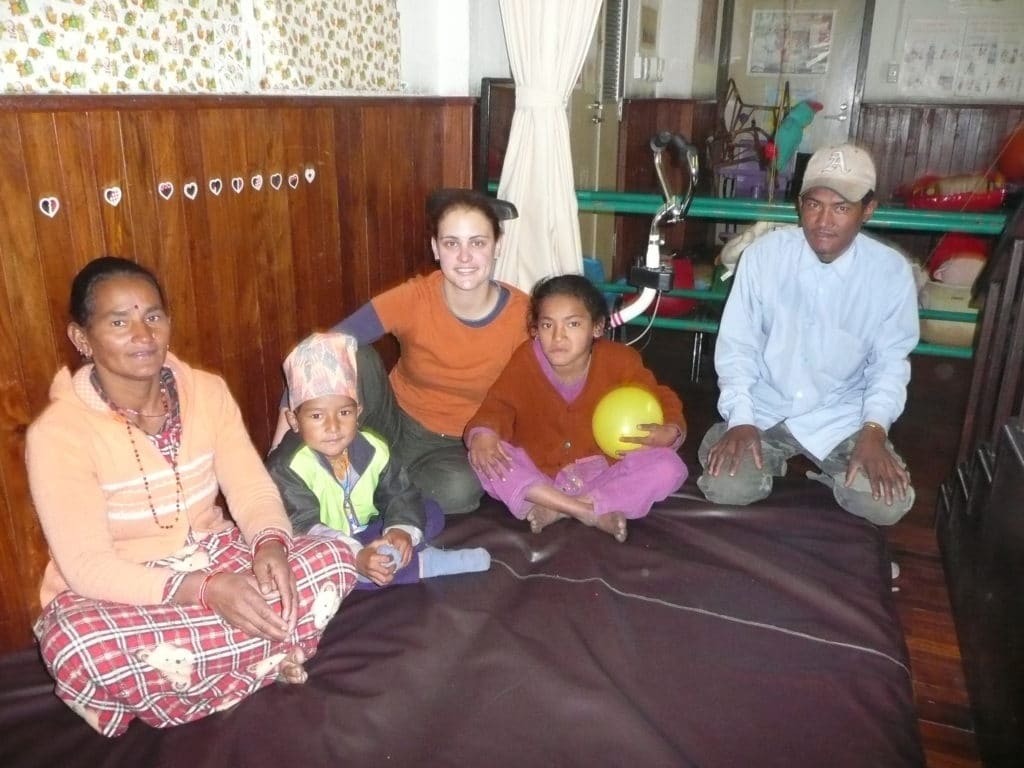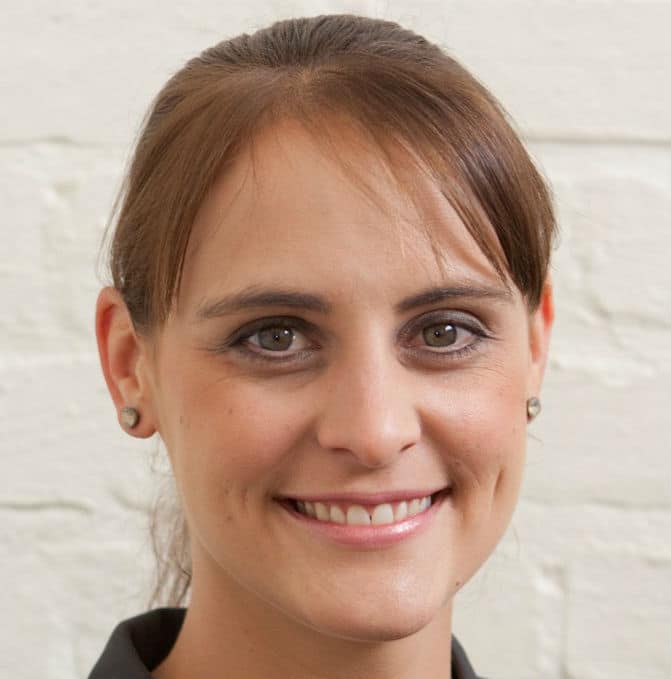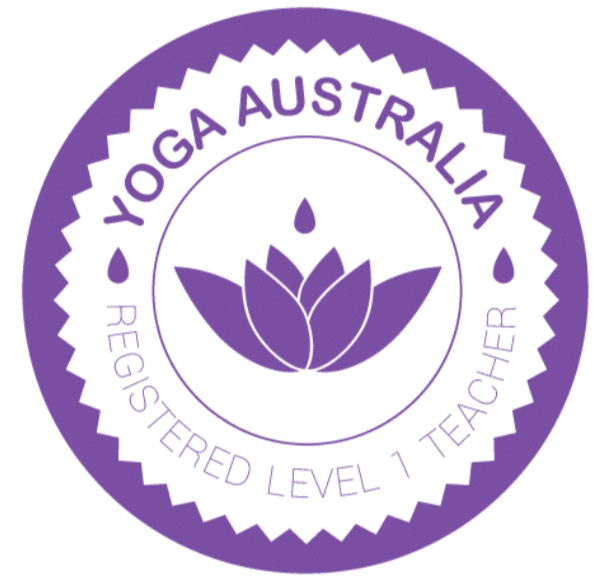This Blog entry is a copy of the article I wrote for the official publication of the Australian Physiotherapy Association ‘InMotion’. Published in 2009, it is a summary of my experiences as a new graduate volunteer to Nepal in 2007/2008.
FEATURE AROUND THE WORLD
Volunteering to the max
In writing about her three-month stint in Nepal, physiotherapist Emily Smith (now Emily Eglitis) ponders the issue of Volunteers maximising their positive impact while minimising the negative consequences for host communities.
Committing your energy, emotions and sometimes even your health and safety to be a volunteer is a big task. It makes sense to find the most beneficial way to spend your time and resources, as it is not just for the duration of your time as a volunteer that you want a positive impact to be felt, but long after as well.
But in our quest to make things better, do we sometimes risk making the overall situation worse? If we help now, does it matter that the change may not last in the long run?
I am by no means expert on the subject of aid work, but while on my own quest to ‘change the world’ as a new-grad physiotherapist, I was confronted by a recurring question: How could I maximize my positive impact and minimise negative side effects from my work? Just as we try to practise physiotherapy holistically, maybe we can consider roles such as volunteering holistically as well.

After graduating from the University of South Australia in 2006, I worked for ten months in a private practice in Victor Harbor on the south coast, gaining valuable experience – and money to finance the whole venture. I decided to turn my combined desire to travel developing countries and my curiosity about volunteering into a round-the-world holiday that started in Nepal as a volunteer physiotherapist for three months in Kathmandu.
I worked at Tribhuvan Teaching Hospital (Neurology/Neurosurgery ward), Kanti Children’s Hospital (the only dedicated children’s hospital in the country) and a privately run rehabilitation centre – Sahara Care Home. My placement was organized through a local Australian non-government organisation (NGO).
As can be expected with any developing country, the healthcare system is under strain in Nepal. Delivering services to the estimated 86 per cent of the 29.5 million people who live rurally is a challenge made more difficult by the fact that in addition to Nepali, over 20 other dialects are spoken; even three months of study and practice in the Nepali language did not guarantee effective communication with those Nepalese, usually from smaller remote villages, who spoke another dialect. The sheer number of people is also demanding – population density equates to around 206 people per square kilometre, meaning that there are 5000 people per hospital bed. (By comparison, Australia’s population density is less than three people per square kilometre and an estimated 135 people per hospital bed.) Putting all this on top of a long and convoluted history of instability and corruption, you find a nation in need of assistance in many areas not limited to the healthcare system.

In terms of physiotherapy, there are approximately 150 people working in the field and most are fully qualified. Unfortunately there are even fewer other allied health professionals, especially occupational and speech therapists. I was incredibly fortunate to meet and work under the guidance of the Associate Professor of Neurosurgery at Tribhuvan University Teaching Hospital, Dr. Mohan R. Sharma. Dr. Sharma became a good friend and mentor to me and involved me in the medical and grand-rounds of his neurosurgery interns and registrars. He appreciated that his patients were able to be assessed, treated and mobilised consistently during their stay.
The neurological patients I worked with very rarely received physiotherapy treatment unless they were gravely ill with chest complications. A large part of this was likely due to the under-referral of patients by medical team, which perhaps do not fully appreciate the benefits of physiotherapy in early mobilisation. There is also a lack of resources to treat all cases in need.
While my work was no doubt appreciated by patients and staff alike, Dr. Sharma and I realised that the benefits I was bringing to my patients were not going to last. as the saying goes: ‘Give a man a fish and you feed him for a day, teach a man how to fish and you feed him for a lifetime’.
In a ‘treatment’ role, it was pretty tough to contribute significantly early on. Because of the language barrier, I couldn’t treat patients safely and effectively without the help of someone to translate. I started to feel little useless and that I was absorbing more time and energy from the placement than I was giving back. This is an important consideration to take into account in the planning stage, as you want it to be worth the while of your hosts to orient you and help you settle in. this especially so when language is a barrier, which is why many institutions will strongly recommend a duration of at least three months.

Emily and her Nepali family on the day of departure
On day I was feeling particularly unconstructive when one of my Nepali colleagues was working with a middle-aged woman with a degenerative brain condition causing severe ataxic gait. The physiotherapist had again tried the standard recipe of ROM exercises and that retraining that consisted mainly of steering the patient awkwardly across the room, accumulating two falls and more than a few near misses.
Nearing the end of the treatment session while giving the patient a rest, the physiotherapist dejectedly declared to me, ‘I just don’t know what to do with her!’ I realised an avenue through which I could really help – the physiotherapist was smart and eager to learn and could obviously communicate in her native tongue to the patient. I was able to jump in and help, brainstorming ideas from my not-so-distant university days for further assessment, outcome measures and goal setting. I helped her to break the treatment session down from the complex task of walking into smaller task components of postural control and stages of the gait.
That day, we all left with a sense of achievement. I realised that encouraging and stimulating physiotherapists already there, and who will stay long after my departure, will benefit the local community the most. Continuity is the key – finding a method to help that will mean your contribution is felt by many more people long after you leave.
As Australian physiotherapists we are privileged to receive such a high standard of training and ongoing support and development from our professional body, the APA. Committing where possible to well-organised projects where there will be support and continuity in your contribution (such as in further training and education of physiotherapists in developing countries) means that we can use our unique skills to immeasurably benefit many other people. If there are no projects of this sort already in progress, you may be able to assist local people at a preparatory level toward this goal. Combining with established aid organisations and researching them well is one method of doing this.
Furthermore, there was a noticeable difference to the multidisciplinary approach to healthcare I have experienced working in Australia compared with Nepal, where doctors seem to be the first and last port of call for health. Advocacy for physiotherapy and its many benefits aimed directly at the medical community might improve service provision of physiotherapy and encourage outlets for professional development. Physiotherapy potentially could have a massive impact in primary and preventative healthcare.
When you arrive in a new community with a quest to make a difference, you want to make sure it is a positive difference you are making and not a negative one. Overall, the task of minimising any negative impact comes down to commitment – being honest with yourself and determining how much time you will need to become autonomous in the role you are playing and then to carry out your duties for a reasonable period thereafter.

In a broader sense, being mindful of the unique set of social, environmental, cultural and political circumstances that surrounds the community in which you intend to work can also help when attempting to be holistic in your approach as a volunteer. Working with the local community to identify and tackle issues that are important to them is essential to an effective and enduring project. As Ian Edwards (University of South Australia lecturer and aid worker in Kabul, Afghanistan) points out. ‘The learning process works best when it is genuinely a two way process.’
This principle can also be carried into daily life. There are many disadvantaged groups in the community and how you interact with them is also important. Daily in Nepal I would walk past the homeless beggars, sometimes children who would hang onto my arms as I walked along the street, forcing harsh realities of life at me. To not give a few measly rupees to the beggars feels heartless.
However, children are often pulled out of school because begging is more lucrative. To pay them may mean you perpetuate the problem. What do you do? As part of living and working in a foreign country, you may be in a position to hire locals into employment, as cooks, cleaners, porters or trekking guides. Although you may be able to do the jobs yourself, providing proper working conditions and a fair rate of pay potentially could further your positive impact.
A huge environmental problem in Nepal is waste disposal, and clean drinking water is a luxury sold in plastic bottles that are non-recyclable and clogging rivers and piling up along trekking routes all over the country. It is avoided easily by filtering or boiling your own water. Being culturally sensitive to dress and responses to religious rituals, hand gestures, eating, bathing (and more) is important also. Occasionally, volunteers treat their time as if it is a holiday, neglecting that unpaid work still requires you to show up on time, work well and show respect for co-workers.
Considering how we can best spend our time and effort as physiotherapists will assist those who take the plunge and volunteer, and may even impact on the way we practise right here at home. The process of volunteering should benefit both the volunteer and the hosting community. Finding a way to do this takes considerable awareness of ‘the big picture’ and a consideration of what will happen after you have left. You may not be earning money, but an honest contribution is incredibly valuable and may have benefits beyond those originally expected.






